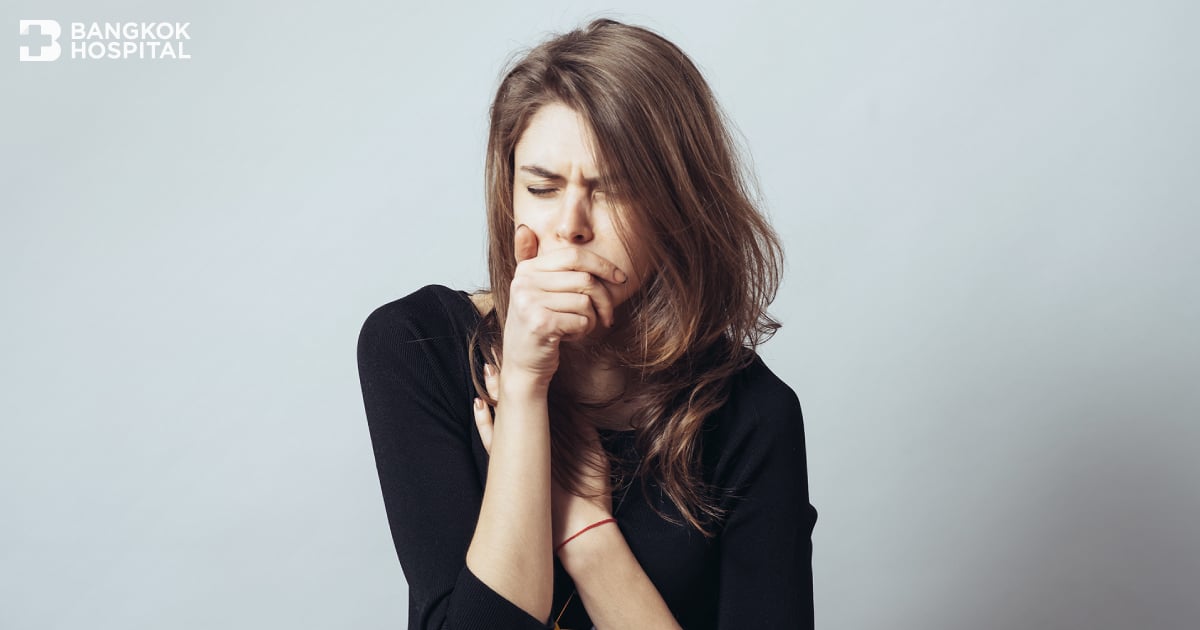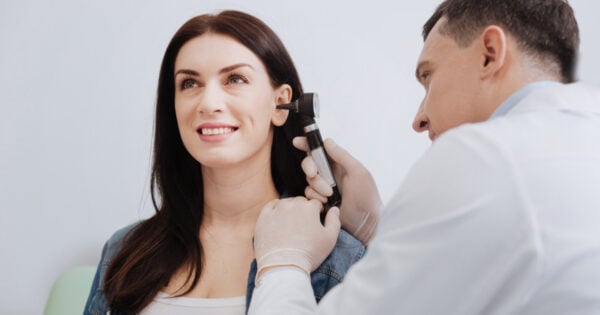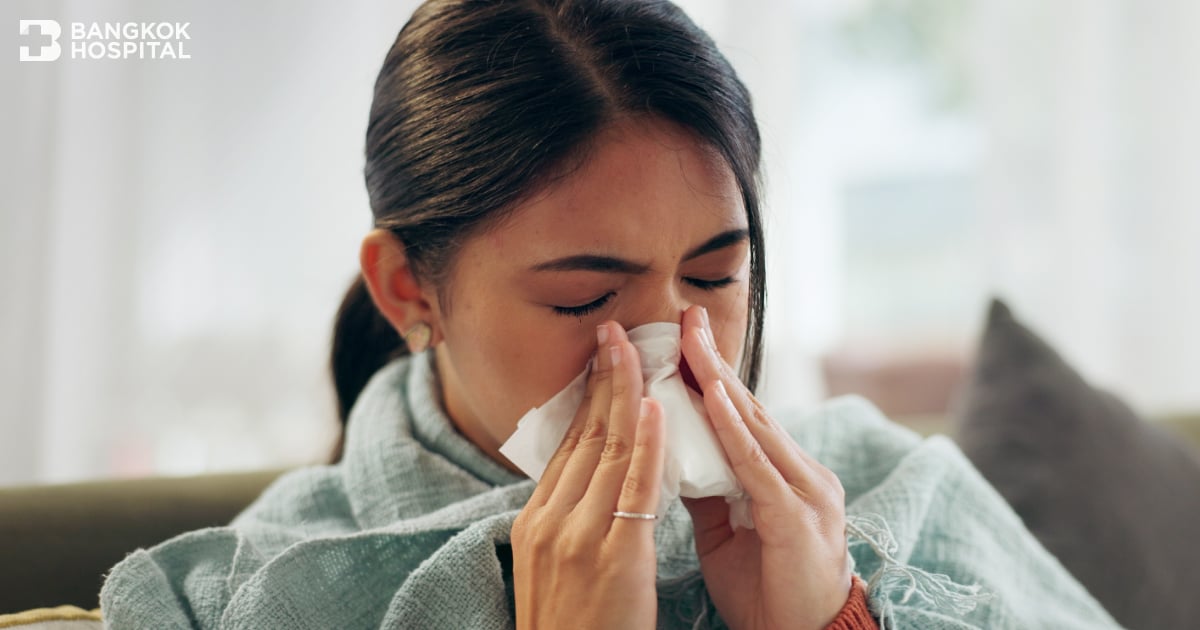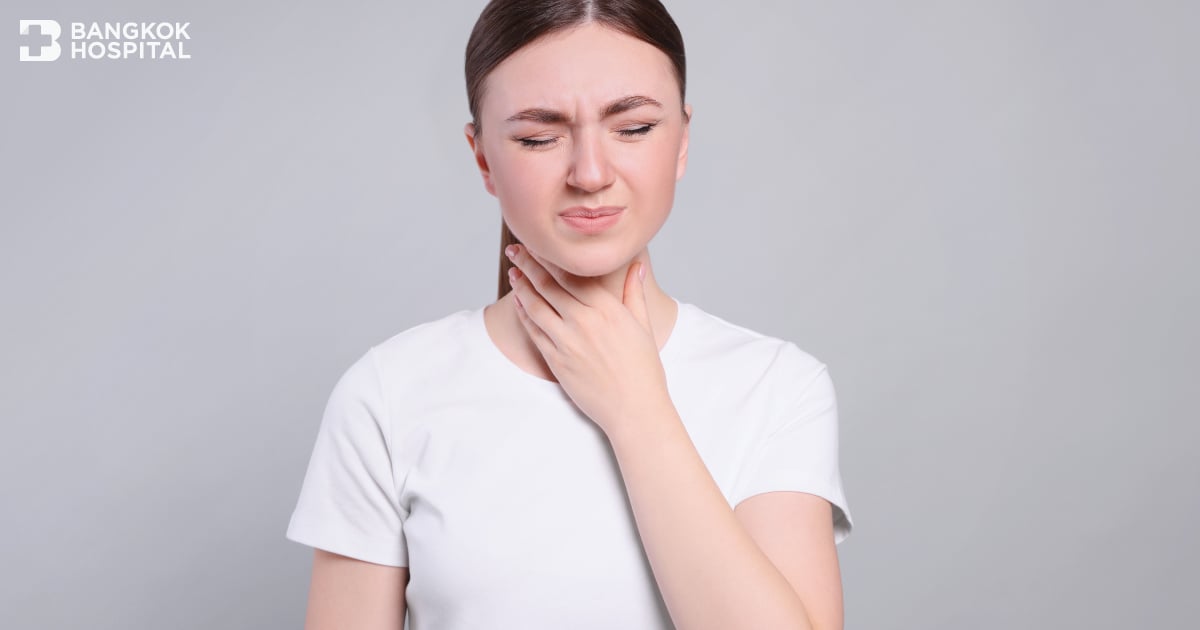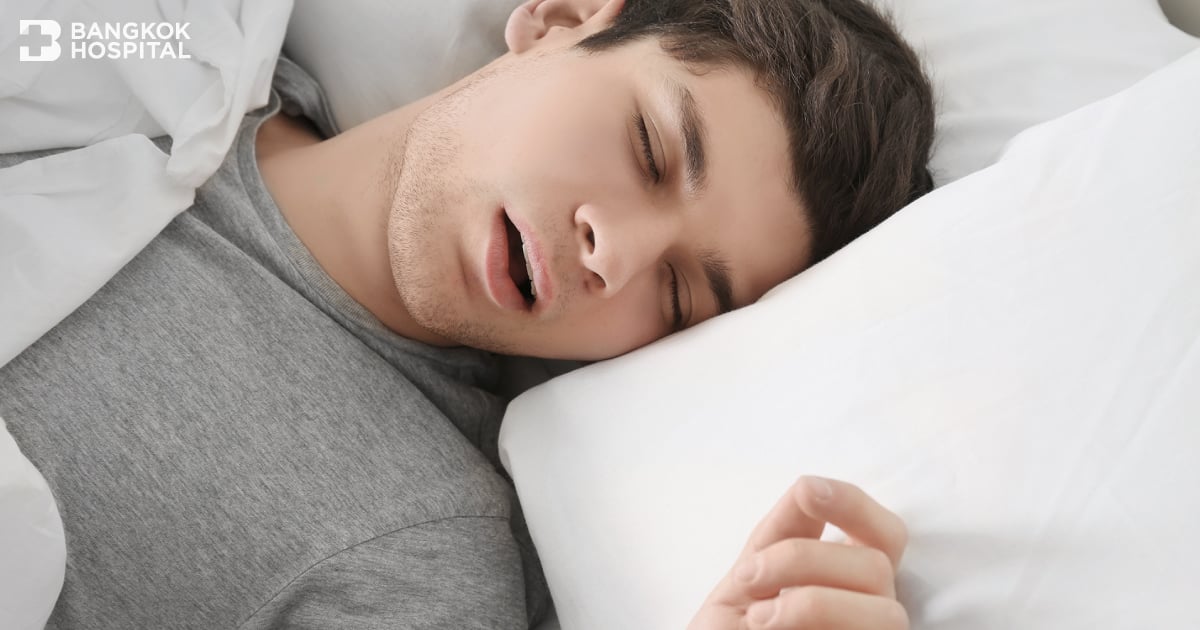Tuberculosis (shortly called TB) is an infectious disease caused by bacteria called Mycobacterium tuberculosis. The bacteria typically damages the lungs, though it can also involve other parts of the body. When it affects the lungs, it is called pulmonary tuberculosis, while extrapulmonary tuberculosis is tuberculosis within another location in the body than the lungs.
Tuberculosis spreads through the air. It is transmitted from an infected person to a susceptible person in airborne particles. These infectious particles are tiny water droplets with the bacteria that are released when persons who have pulmonary or laryngeal tuberculosis cough, sneeze, laugh or talk. Susceptible persons nearby may breathe in these bacteria and become infected. If it is latent tuberculosis infection , it does not cause any noticeable symptoms and cannot spread bacteria to others. If tuberculosis bacteria become active in the body and multiply, the person will develop from having latent tuberculosis infection to active tuberculosis disease with presented signs and symptoms. Household contacts and other close contacts of a person with active tuberculosis have a high risk of becoming infected.
Signs and symptoms of pulmonary tuberculosis
- A chronic cough that lasts longer than 2 weeks
- Coughing up blood
- Unintentional weight loss
- Fever, chills and fatigue
If these warning symptoms are manifested, immediate medical attention must be sought as soon as possible.
Nasopharyngeal tuberculosis
Nasopharyngeal tuberculosis is defined as an isolated tubercular infection of nasopharynx. It is a rare entity of extrapulmonary tuberculosis which is usually presented with pulmonary tuberculosis. Nasopharyngeal tuberculosis is typically found in the larynx (or voice box). Related signs and symptoms are chronic cough, hoarseness and sore throat that often radiates to the ears. Other affected areas may include tongue, gums, buccal cavity and lymph nodes in the neck.
However, the incidence of nasopharyngeal tuberculosis found in the areas behind nasal cavity is considerably rare. Since these particular areas are supplied by a dense network of capillary blood vessels, therefore major symptoms are nosebleed (epistaxis) and coughing up blood (hemoptysis). Diagnostic tests performed by otolaryngologists include a complete ear-nose-throat examination and nasal endoscopy, a procedure to look at the nasal and sinus passages by using an endoscope which is a thin, flexible tube with a tiny camera and a light. If suspicious abnormalities such as mass or lesion are found, nasal biopsy might be additionally conducted for further investigations.
Tuberculosis can be completely cured, although long treatment period and multidrug regimens are required. Susceptible groups for tuberculosis infection include:
- People with close contacts of tuberculosis patients such as family members and medical professionals.
- Immunocompromised hosts who do not have the full ability to respond normally to an infection due to an impaired or weakened immune system such as diabetic patients, patients with immunosuppressant agents or steroids, patients who receive chemotherapy drugs, patients with organ transplant, post-operative patients, patients infected with HIV or AIDS as well as the elderly.
Prevention of tuberculosis
To lower the risks of tuberculosis infection, it is highly advised to:
- Remain healthy
- Exercise regularly
- Have regular checkups every year
- Wear masks before entering to endemic areas of tuberculosis
A single-dose vaccination with bacillus Calmette-Guerin (BCG) vaccine should be essentially considered for infants and unvaccinated adults. This vaccine is highly effective against the most severe forms of tuberculosis. Nevertheless, it significantly provides a higher efficacy (represented as the percentage reduction of disease) primarily in children than adults. BCG vaccine can be administered after birth intradermally. Side effects from vaccination may include sore and swollen skin at injected site which are generally self- limiting within a month. The boosting effects normally fully show 2 months after the vaccination.

